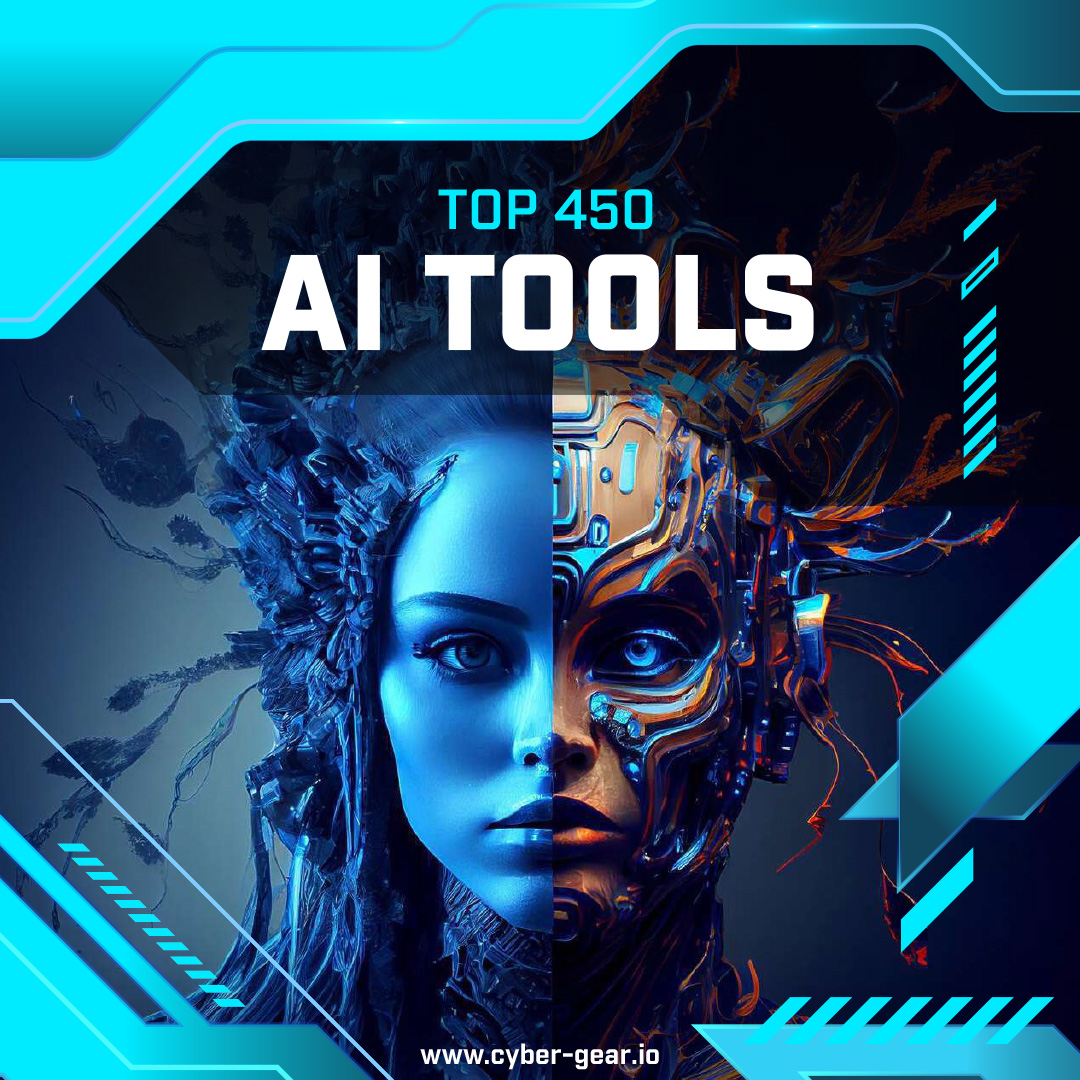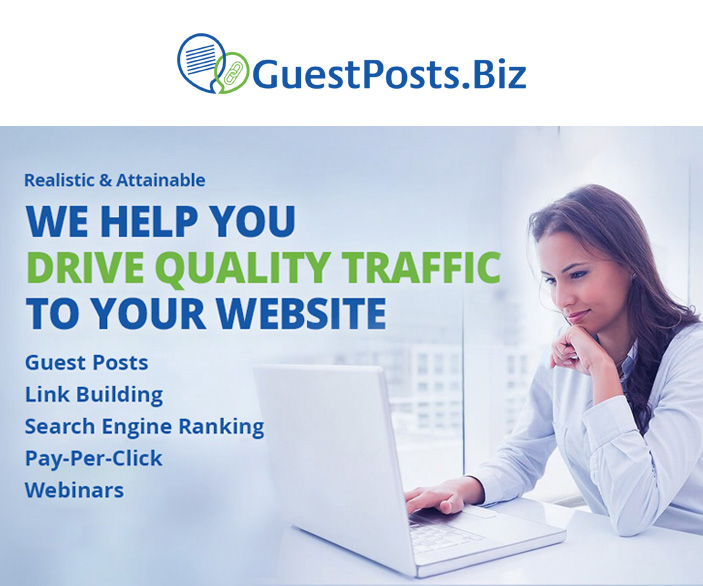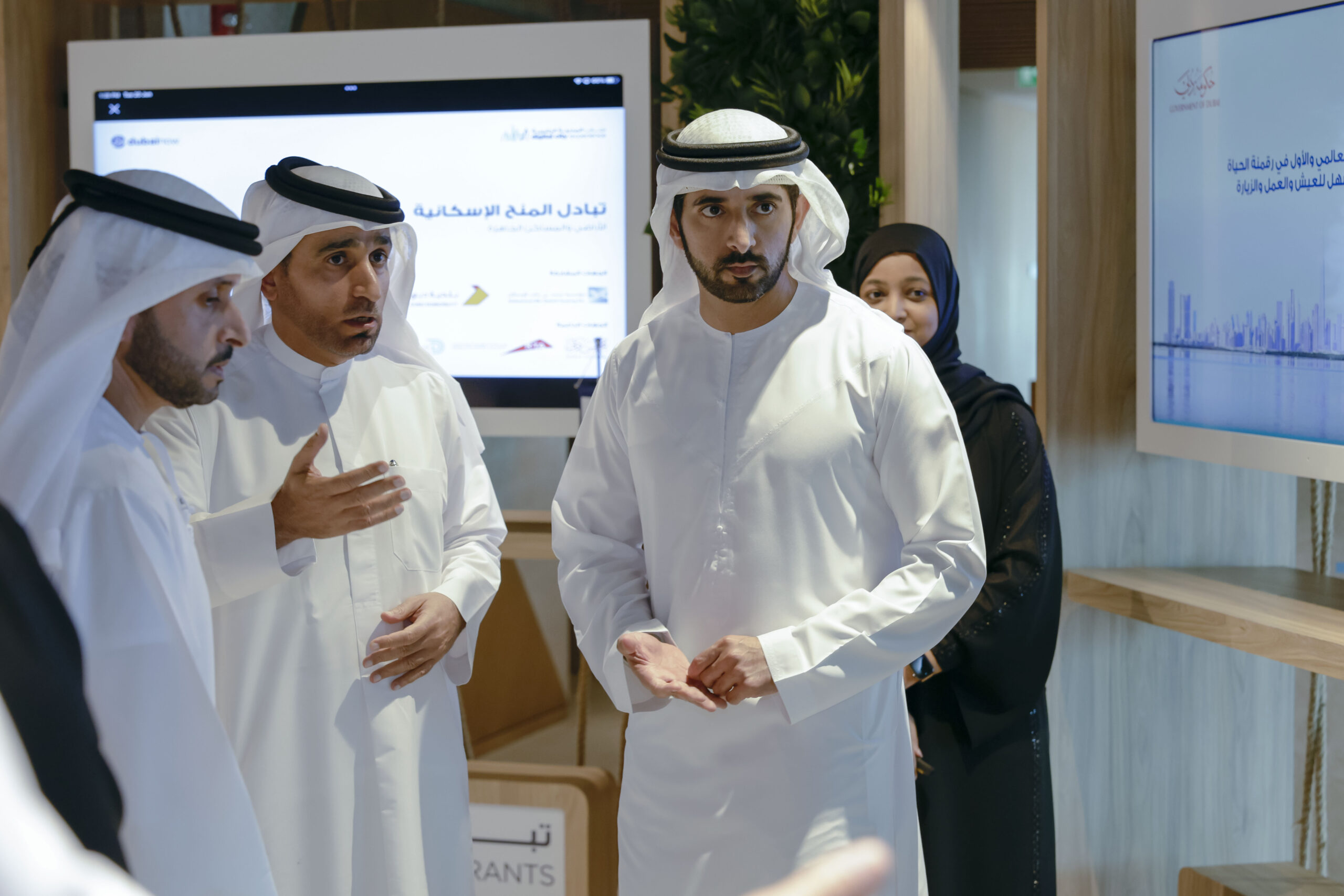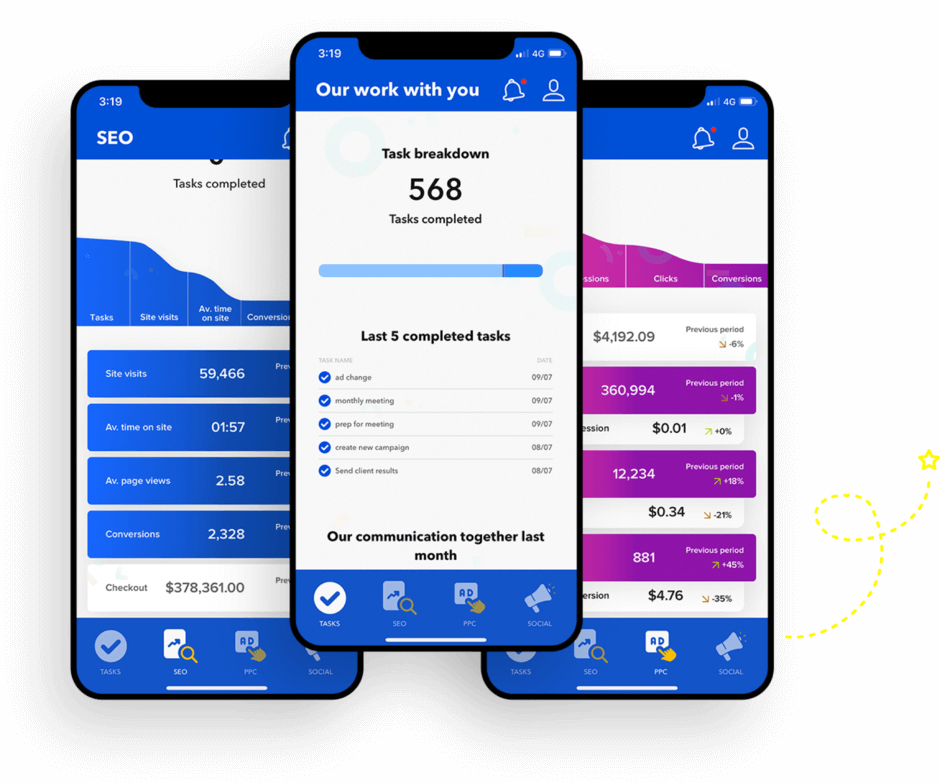His Highness Sheikh Hamdan bin Mohammed bin Rashid Al Maktoum, Crown Prince of Dubai and Chairman of The Executive Council of Dubai, today launched Dubai’s Digital Strategy. The launch of the strategy sets the stage for a new era of digital transformation, in line with the leadership’s vision to position Dubai as a global role model in the sector.
The launch took place during HH Sheikh Hamdan’s visit to the headquarters of Digital Dubai, where he was briefed on the progress of its various initiatives, the work done by various teams in preparation for upcoming stages of Dubai’s Digital Strategy, and the latest projects Digital Dubai is developing in collaboration with government entities.
“Guided by the vision of His Highness Sheikh Mohammed bin Rashid Al Maktoum, Vice President and Prime Minister of the UAE and Ruler of Dubai, Dubai has completed three outstanding phases in its digital journey, starting with the launch of the region’s first e-government in 2001, followed by a smart government initiative in 2013, and then the government-wide digital transformation, which culminated in fully eliminating paper transactions by the end of 2021,” His Highness Sheikh Hamdan said. “These stages served as the prelude to Dubai’s new Digital Strategy, which cements Dubai’s position as the world’s digital capital. The period ahead calls for intensifying efforts, strengthening cooperation, and promoting proactive thinking and innovation to achieve major goals.”
The city’s new Digital Strategy is based on a vision to digitalise all aspects of life in Dubai and establish a reliable, robust digital system that enhances the digital economy and empowers a digitally-driven society. The Strategy is centred on seven key pillars, namely, the digital city, digital economy, data and statistics, digital talent, digital infrastructure, cybersecurity, and digital competitiveness. The Strategy aims to enhance the outputs of the digital economy, increase the positive impact of Digital Wellbeing by 90%, achieve top rankings in the United Nations’ Local Online Service Index, and launch 50 digital city experiences that are seamless, interconnected, proactive, predictable, and high-impact. The strategy also aims to equip over 50,000 professionals with advanced digital qualifications.
The strategy, launched by HH Sheikh Hamdan, represents an advanced stage and a new milestone in Dubai’s digital transformation journey. The digitisation rate of government services is now at 99.5%, while the paperless government objective has been achieved 100 and digital transactions account for 87% of total government service transactions. Moreover, over 120 government smartphone applications have been developed, while government entities have recorded a compliance rate of over 80% with cybersecurity indicators and 100% compliance with the Dubai Data Law.
The Crown Prince of Dubai highlighted the importance of these achieved targets and said that the current stage of the city’s digital transformation calls for an integrated, holistic system where all stakeholders join the effort to drive a game-changing shift in embracing technological breakthroughs that have already started to radically transform work and productivity patterns.
HH Sheikh Hamdan bin Mohammed’s visit to the Digital Dubai headquarters reflects the leadership’s commitment and the close attention it pays to all projects and efforts, in a bid to ensure the best quality of life in Dubai.
During his visit, Sheikh Hamdan expressed his confidence in the Dubai Government team and its highly skilled and competent members. He commended their work in the field of digital transformation at Digital Dubai and other entities. “Dubai’s competencies have always been a key element of its distinction,” His Highness said. “Just as we have succeeded in every stage of our transformation so far, by relying on our highly qualified professionals, we are confident today that we will also achieve our future aspirations and move forward towards another higher and more ambitious objective.”
“In order for us to accomplish what we aspire to, we must enhance cooperation and coordination between various entities in the Dubai Government,” HH Sheikh Hamdan noted. “This era of major technological transformation calls for maximum integration and cooperation between all sectors. We must listen to customers and strive to keep pace with their needs and expectations that are changing at the same pace as these technologies are progressing.”
His Highness stressed the need to take advantage of new technologies of all kinds, saying: “Artificial Intelligence and generative AI technologies provide tremendous opportunities to capitalise on and develop proactive services, rooted in a deeper insight and understanding of customers. We must explore the potential of these technologies and use them to enhance our efficiency, effectiveness, and productivity.”
For his part, His Excellency Hamad Obaid Al Mansoori, Director General of Digital Dubai, expressed his gratitude to HH Sheikh Hamdan for his visit, saying that His Highness’s directives will guide Digital Dubai’s plans and operations in the stage ahead. “This is a happy day for our team here at Digital Dubai,” he said. “Nothing can be more encouraging for us than to hear words of encouragement from our leaders, and to see our efforts appreciated by the leadership. This encouragement is a powerful incentive for us to strive towards greater achievements, as an expression of our determination to ensure Dubai’s spot at the forefront, and position it as a role model in the field of digital transformation and smart cities.”
“Digital Dubai will work with all of our partners, including government entities and private establishments, as one team tasked with optimally implementing the Strategy, all the while keeping pace with promising technologies, so that together, we add a new success story to Dubai’s history and chart a new future centred around a comprehensive digital life,” HE Al Mansoori said.
Advanced digital initiatives and projects
During his visit, HH Sheikh Hamdan bin Mohammed bin Rashid Al Maktoum also launched the Digital City Experiences initiative, which aims to develop an integrated and connected city, providing consistent digital experiences to citizens, residents, visitors, and entrepreneurs. The initiative seeks to achieve these objectives by connecting fragmented digital services in Dubai, compiling them all into an integrated system that values privacy, focuses on users, and provides them with options.
The initiative will also offer experiences through unified digital channels, where users, including citizens, visitors, and companies in Dubai, can enjoy an easy and seamless experience that saves them time and effort. This approach is a cornerstone of the digital service delivery system, elevating the quality of digital life to its highest levels.
Furthermore, His Highness unveiled the new version of the official website of Dubai, Dubai.ae, which serves as a unified and reliable digital platform that offers users in Dubai and around the world access to a range of information and digital services in Dubai, anytime and from anywhere. It allows users to explore a vast database of information and digital services covering all sectors, including healthcare, education, city events, tourism, work, investment, residence, family affairs, transportation, communications, real estate, and many others.
The portal also includes a dedicated section for E-participation in Dubai, which reflects the level of interaction between Dubai’s community and its government and highlights the latter’s commitment to involving the community in the development of city services and policies. The website provides a dedicated space for sharing ideas, discussing topics, and submitting suggestions to enhance the quality of life of the city’s residents.
Sheikh Hamdan also explored the Dubai Transactions Index, which aims to assess the performance of government transactions in real time. The initiative enables relevant entities to monitor the performance of government services offered through their various channels in real time. The initiative also allows customers to track the status of the services requested by them or follow up on requests through the DubaiNow application.
His Highness was also briefed about the innovative Digital Assistant initiative, which aims to embrace and develop the potential of generative AI by integrating it into the Smart Employee application, offering Dubai Government employees quick and easy access to a range of services.
His Highness’s visit to the Digital Dubai headquarters also included a briefing on the Dubai Leadership Dashboard, developed by the Dubai Data Establishment using the power of data to create a specialised dashboard for decision-makers, enabling them to access real-time, updated, and reliable city indicators, such as the population index, Platform 04, happiness index, business licenses, tourism, foreign trade volume, real estate transactions, Dubai Cybersecurity Index, and other indicators that facilitate optimal decision-making.
His Highness was also briefed on the Maha Project, developed by the Dubai Electronic Security Center (DESC) at Digital Dubai, as a proactive system to mitigate the impact of cyber-attacks on government services and enhance security. It is an advanced system for securing online government services and monitoring their vulnerabilities.
Finally, His Highness explored the Happiness Meter and Environmental Quality IOTs, developed by Digital Dubai in collaboration with the Security Industry Regulatory Agency (SIRA), which uses artificial intelligence technology to read facial expressions in government facilities or elsewhere, providing a general indicator of public happiness in a specific place and time. In addition, the indicators assess the quality of the environment in a given location by setting up sensors inside or outside facilities to display key indicators, such as temperature, humidity, air quality, noise level, carbon dioxide levels, as well as total volatile organic compounds (TVOC).












